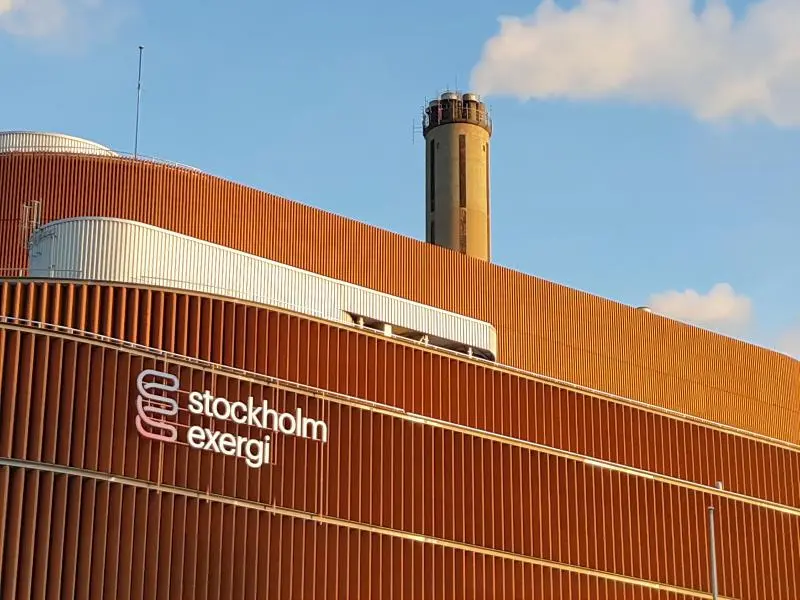- Microsoft announced a contract with energy company Stockholm Exergi to capture 3.33 million metric tons of carbon emissions from a biomass power plant in the Swedish capital.
- Stockholm Exergi described the contract as the largest carbon removal deal to date.
- However, it’s still unclear if wood-burning power plants worsen climate change or genuinely aid in combating it.
Microsoft and Swedish energy provider Stockholm Exergi announced on Monday that they had reached an agreement to capture carbon pollution from a wood-burning power plant for permanently removing 3.3 million metric tons of carbon dioxide.
About carbon capture from a wood-burning power
A group of technologies known collectively as carbon capture and storage (CCS) are used to absorb carbon dioxide emissions from factories, power plants, and refineries. Preventing carbon dioxide from escaping into the atmosphere by storing it after it has been captured is the aim. However, questions remain regarding its costs, safety, and ability to extend the use of fossil fuels.
Whether wood-burning power plants improve the situation or genuinely aid in the fight against climate change is still up for debate. The Center for Biological Diversity and Friends of the Earth International, two well-known environmental organisations, have denounced the tactic as a “false solution.” Additionally, in 2018, the European Parliament received a letter from nearly 800 scientists requesting that it cease endorsing the use of wood for bioenergy.
Exergi operates a power plant that uses forest biomass, or leftover wood pellets from forestry waste in Stockholm. Proponents view fuel as a carbon-neutral source of energy because it comes from trees that could potentially grow back to absorb as much carbon dioxide as the power plant releases by burning wood. Burning biomass is the EU’s main source of renewable energy, even though it has been linked to deforestation in the US and Europe.
However, an increasing amount of evidence indicates that the math for bioenergy with carbon capture (BECCS) isn’t quite adding up. A complete capture of the carbon dioxide from smokestack emissions is not possible with existing devices. In addition, there are emissions from transporting wood for fuel and forest clearing. In light of this, numerous studies have discovered that BECCS contributes to greenhouse gas pollution in the atmosphere rather than being carbon-negative.
Also read: How do autonomous vehicles work?
Also read: Microsoft commits to building cloud and AI infrastructure in Thailand
Future of the deal
For Stockholm Exergi, this agreement is a major endorsement of their carbon capture technology. According to a press release from Stockholm Exergi CEO Anders Egelrud, “It is the strongest possible recognition of the significance, quality, and sustainability of our project.”
Construction of the carbon capture machinery at the power plant in Stockholm is not expected to begin until the following year, assuming Stockholm Exergi can obtain sufficient funding from other sources and government assistance. Subsequently, it would require a decade to extract the entire 3.33 million metric tons of carbon dioxide stipulated in the agreement.

